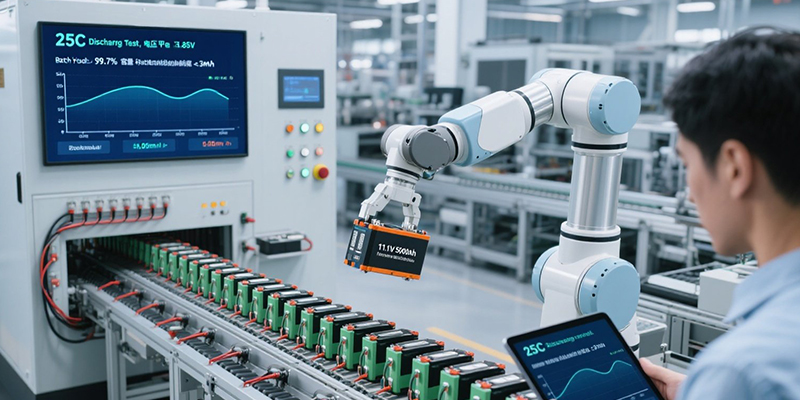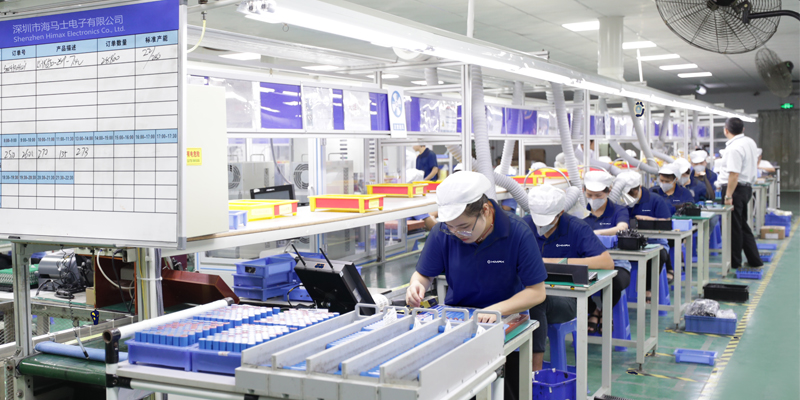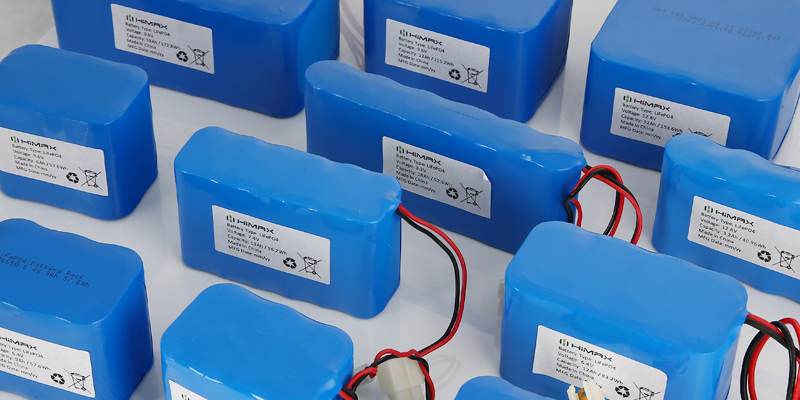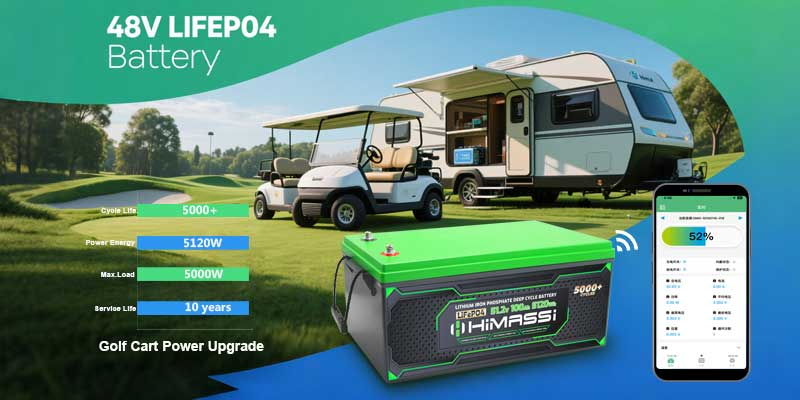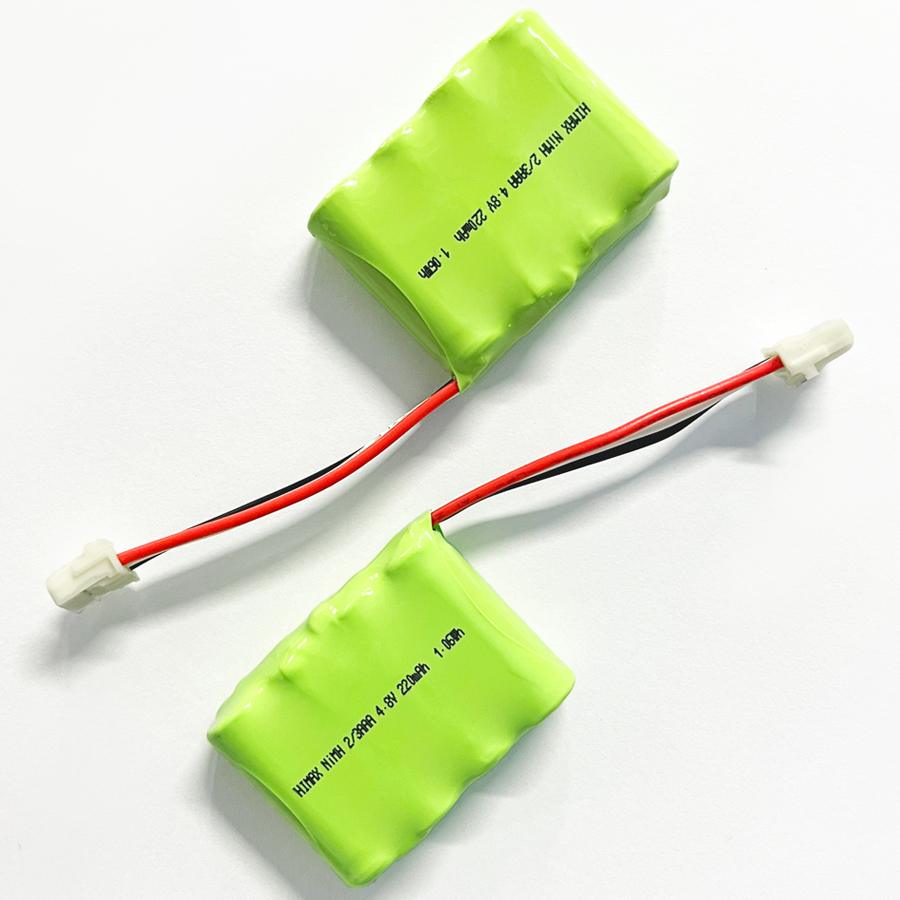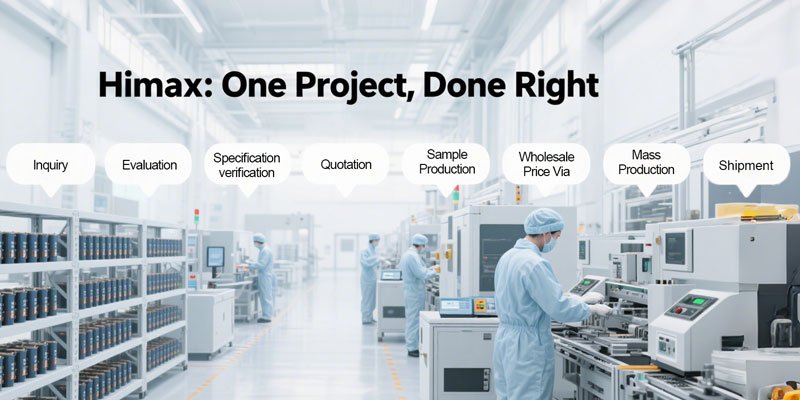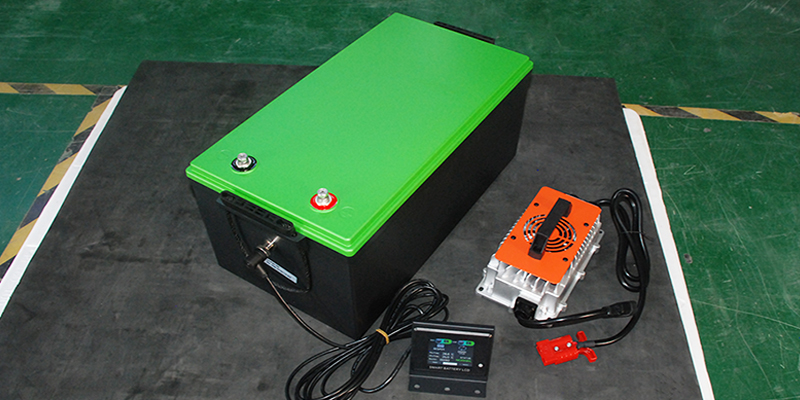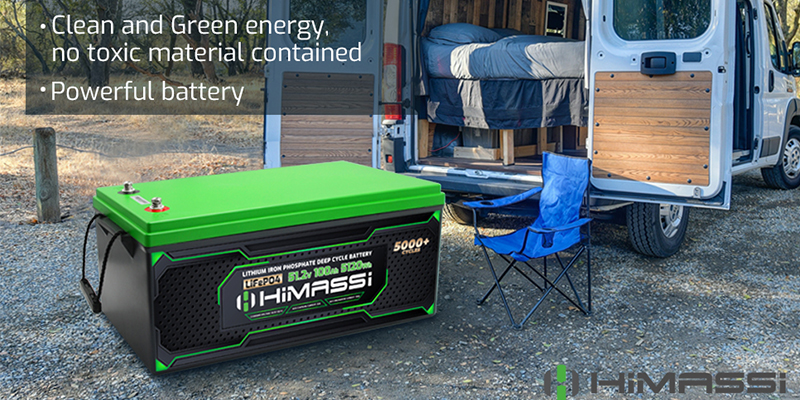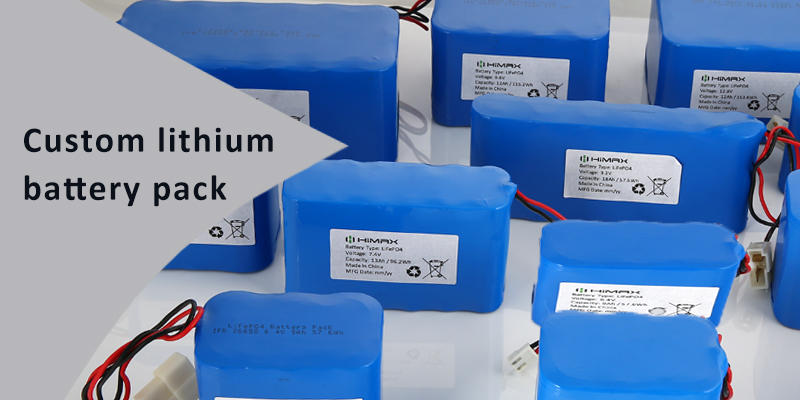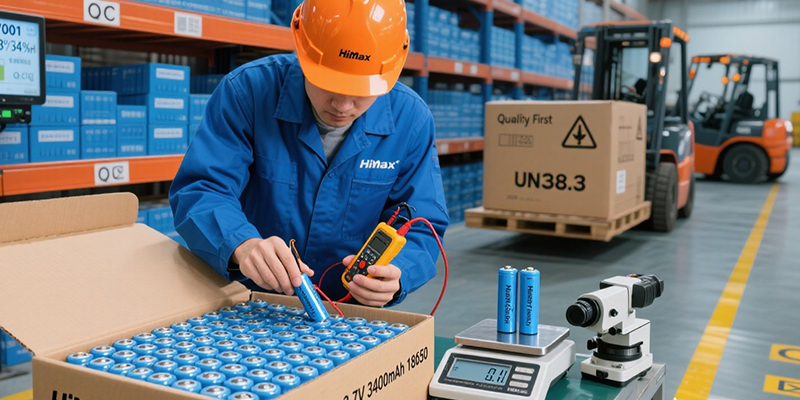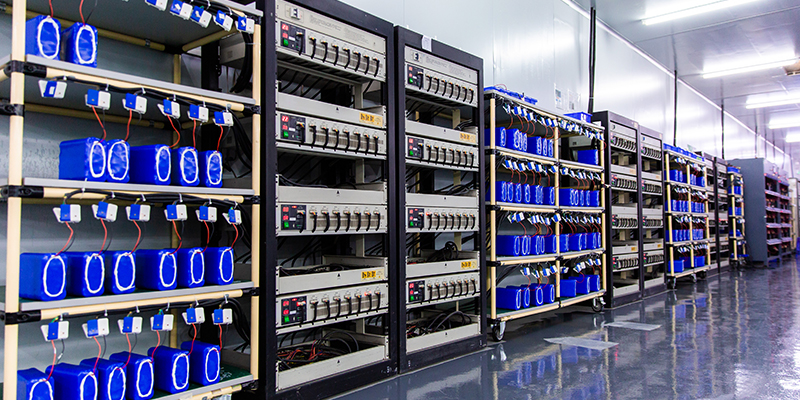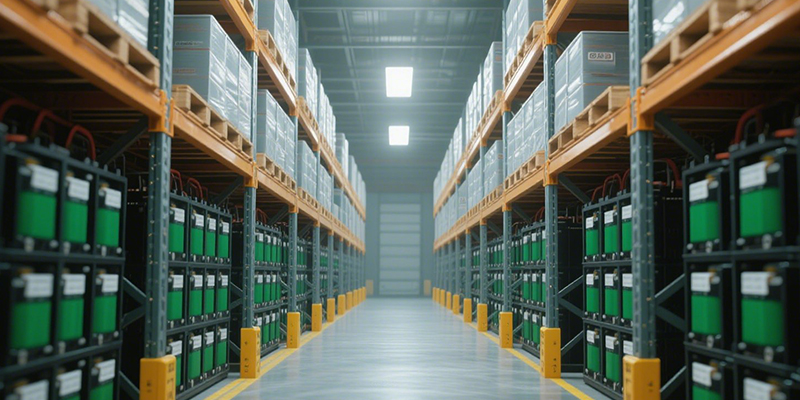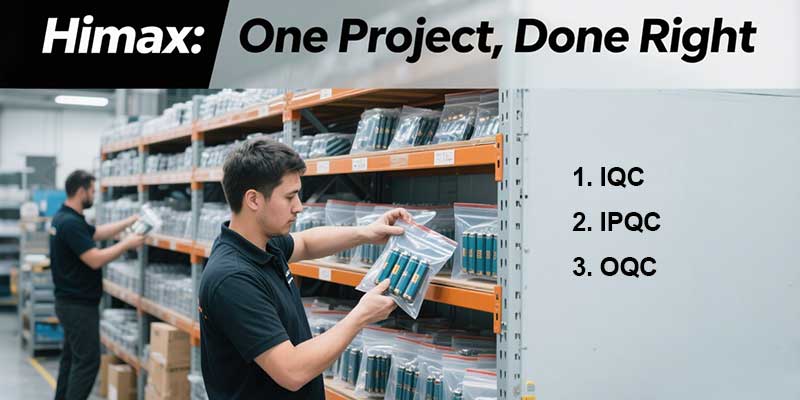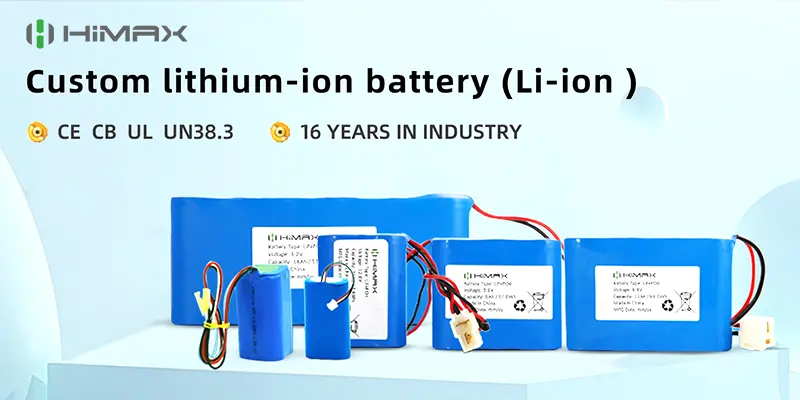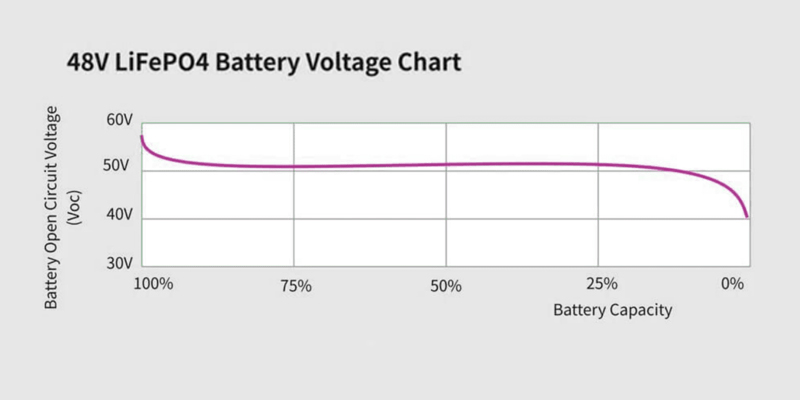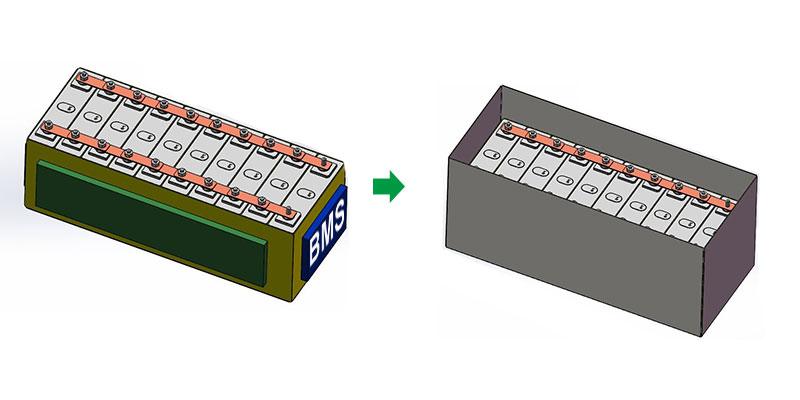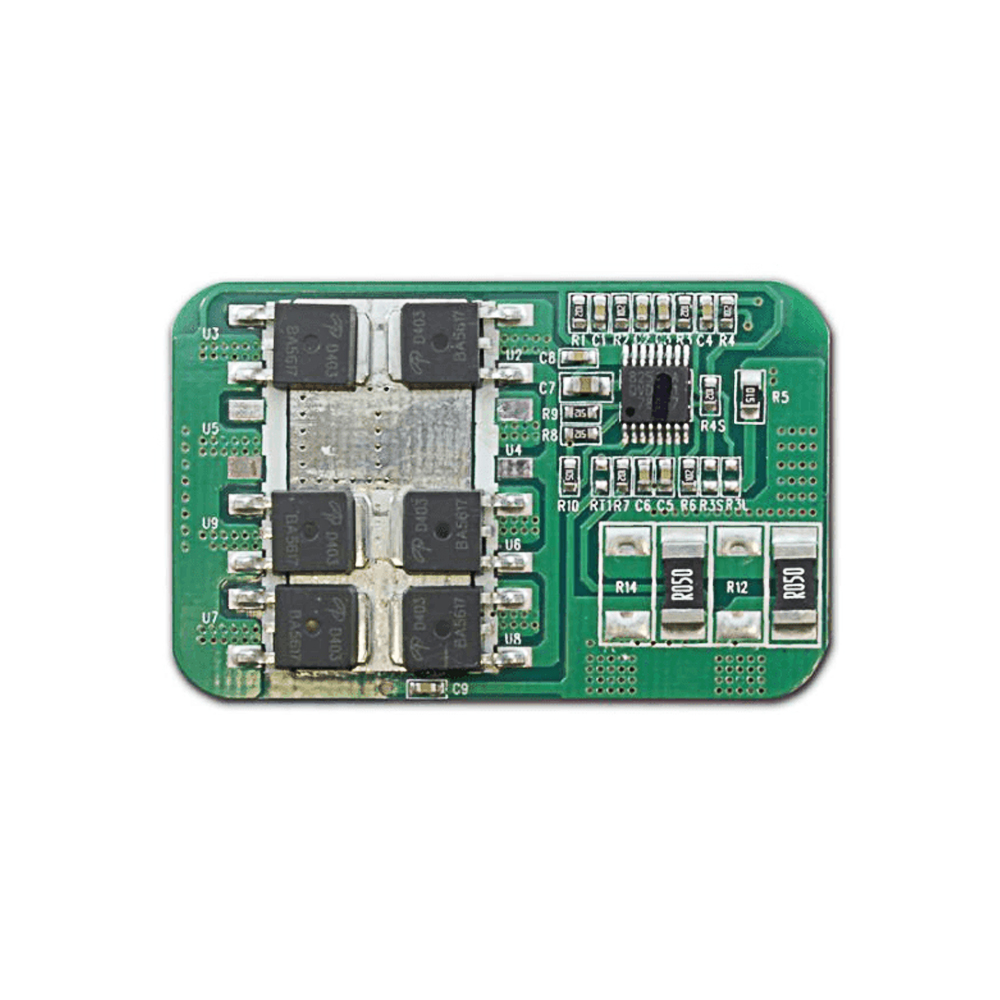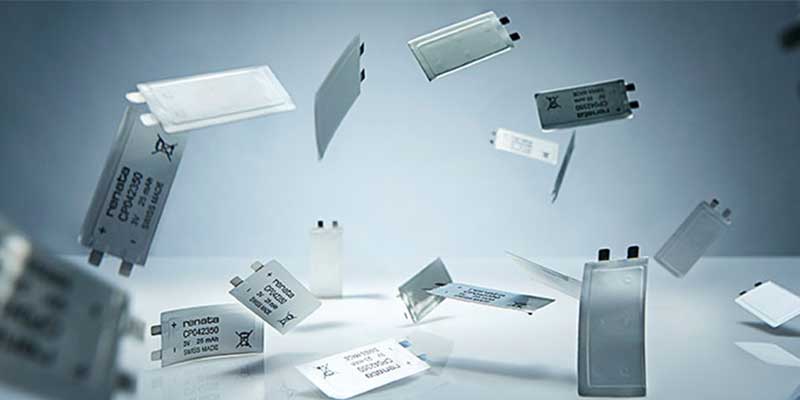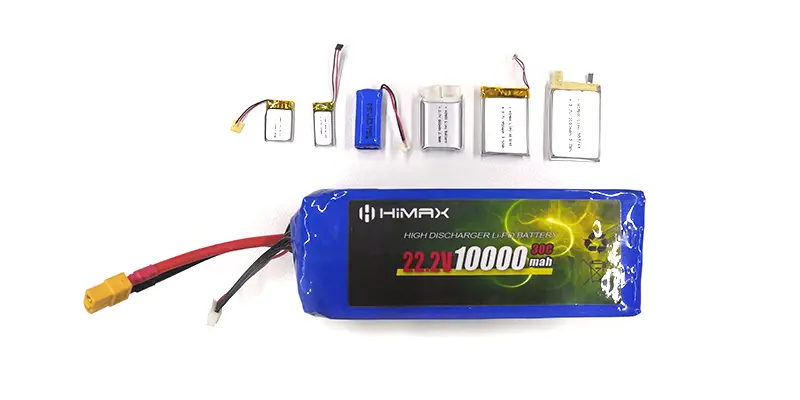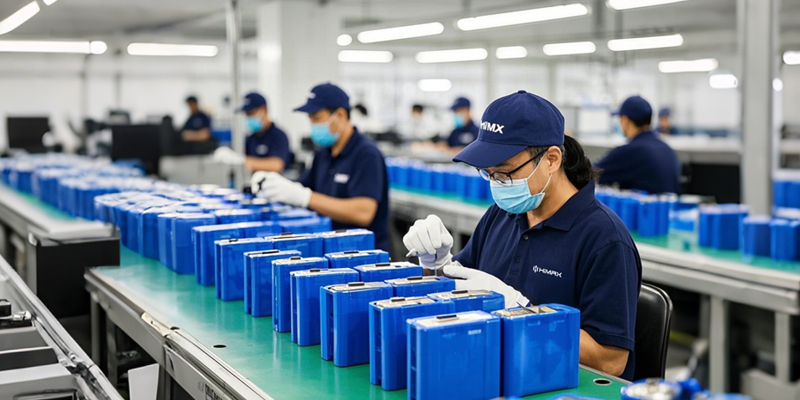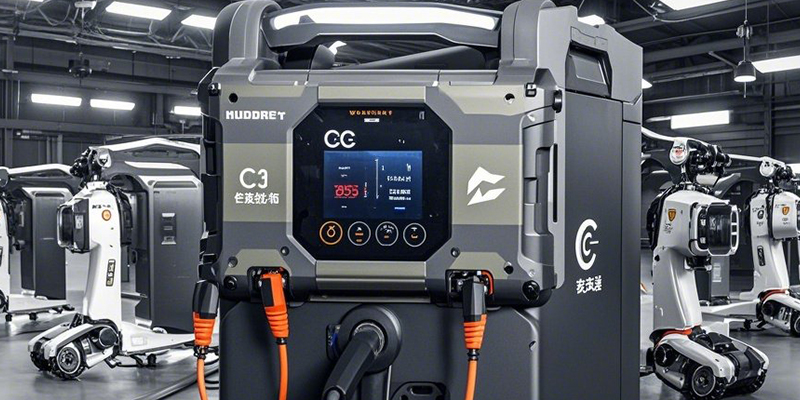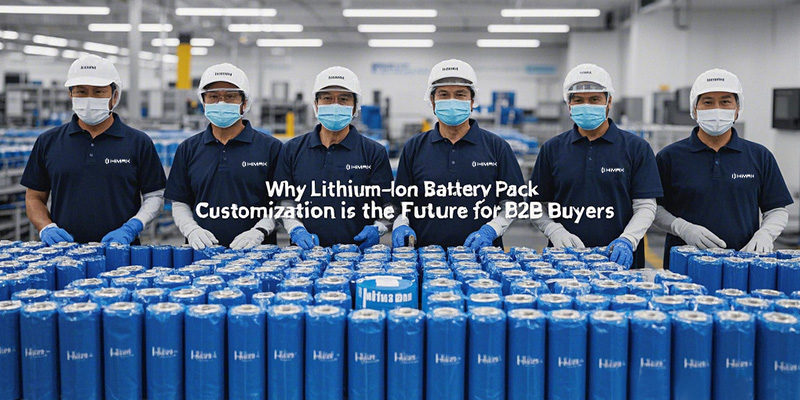If you open a lithium battery protection board and take a closer look, two components immediately stand out: the protection IC and one or more MOSFETs.
They are always there, whether it is a simple single-cell protection board or a high-current battery pack used in industrial equipment.
People often ask which one is more important, or what exactly each of them does.
In reality, they serve very different purposes, and confusing their roles is one of the most common misunderstandings in lithium battery design.
A protection board only works properly when the IC and the MOSFETs work together, each doing what it is designed to do.
What the Protection IC Actually Does
At its core, the protection IC is not a power component. It does not drive motors, supply loads, or carry large currents. Its job is much simpler — and at the same time, much more critical.
The protection IC is responsible for monitoring and decision-making.
In most lithium battery protection designs, the IC continuously monitors:
- Cell voltage or pack voltage
- Charging overvoltage
- Discharging undervoltage
- Charge and discharge current (through a sense resistor)
- Short-circuit conditions
In some designs, temperature via an external NTC
These values are compared against fixed thresholds that are built into the IC. Once any parameter goes beyond its allowed range, the IC decides that the battery is no longer operating safely.
That decision happens very quickly, often within microseconds or milliseconds.
What is important to understand is that the IC does not stop the current by itself.
It only outputs a control signal.
Why the IC Is Often Called the “Brain”
Calling the protection IC the “brain” of the protection board is not just a metaphor — it is a practical description of how the system behaves.
The IC determines:
- When charging should stop
- When discharging should stop
- Whether an overcurrent event is temporary or a real fault
- How fast the protection should react
If the IC’s thresholds are poorly chosen, the battery may:
Trigger protection too early and appear unreliable. Or worse, fail to protect the cells at all
In real projects, many field issues traced back to batteries are not caused by the cells themselves, but by incorrect IC selection or incorrect parameter matching.
What MOSFETs Do on a Protection Board
While the IC makes decisions, the MOSFETs are the components that physically control the current path.
A MOSFET on a protection board works as an electronic switch. When it is turned on, current flows normally between the battery and the external circuit. When it is turned off, that current path is interrupted.
When the protection IC detects an abnormal condition, it sends a signal to the MOSFET gate. The MOSFET then switches off and isolates the battery from the charger or the load.
This is the moment where protection actually happens.
Without MOSFETs, the IC would have no way to enforce its decisions.
Why There Are Usually Two MOSFETs
One detail that often raises questions is why protection boards typically use two MOSFETs connected back-to-back, rather than a single one.
The reason is simple but important.
A single MOSFET contains a body diode, which allows current to flow in one direction even when the MOSFET is turned off. This means a single MOSFET cannot fully block current in both charge and discharge directions.
By using two MOSFETs in a back-to-back configuration, the protection board can:
- Block charging current
- Block discharging current
- Prevent leakage through the body diode
This arrangement allows the IC to independently control charging and discharging behavior, which is essential for proper lithium battery protection.
MOSFETs and Current Handling in Real Designs
From a system perspective, MOSFETs are usually the most stressed components on a protection board.
They must handle:
- Continuous operating current
- Peak current during acceleration or motor startup
- Short-circuit current before protection kicks in
Key MOSFET parameters such as Rds(on), current rating, and thermal performance directly affect:
- Heat generation
- Efficiency
- Long-term reliability
In high-current battery packs, MOSFET selection and PCB layout matter just as much as the IC itself.
It is not uncommon to see perfectly good protection logic paired with undersized MOSFETs, leading to overheating or premature failure.
In practice, many “protection board failures” are actually MOSFET thermal failures, not IC failures.
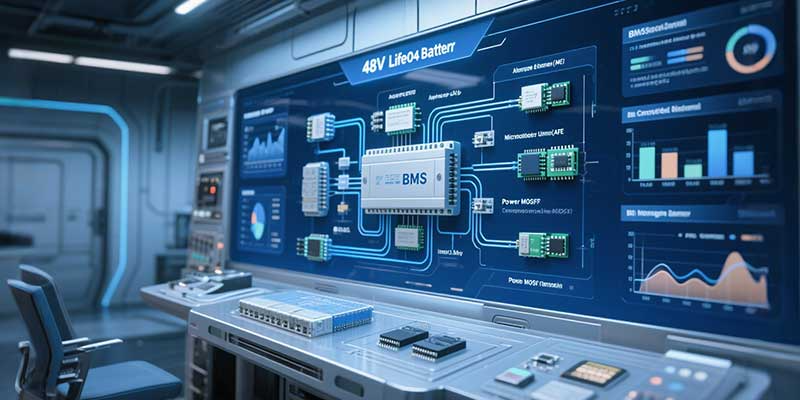
How the IC and MOSFETs Work Together
To understand the interaction between the IC and MOSFETs, it helps to look at a simple real-world scenario.
Imagine a battery pack being discharged until the voltage drops too low.
The cell voltage gradually decreases during discharge
The protection IC continuously monitors this voltage
Once the undervoltage threshold is reached, the IC determines that further discharge would damage the cell
The IC sends a control signal to the MOSFET gate
The MOSFETs turn off
The battery is disconnected from the load
The entire sequence happens automatically and very quickly.
The IC decides when protection is needed, and the MOSFETs determine whether the current can actually be stopped.
A Common Misconception
One of the most common misunderstandings is assuming that MOSFETs “provide” the protection by themselves.
In reality:
The IC defines the protection logic
The MOSFETs provide the switching capability
If the IC logic is wrong, even the best MOSFETs cannot protect the battery properly.
If the MOSFETs are poorly selected, even a well-designed IC cannot safely interrupt high current.
Battery safety is never the result of a single component. It is the result of how these components work together.

What This Means for Battery Pack Design
From a practical engineering point of view:
The protection IC determines accuracy, reliability, and functional behavior
The MOSFETs determine current capability, heat generation, and durability
In low-current applications, this distinction may not seem critical.
In high-current or long-life systems, it becomes one of the most important design considerations.
Understanding this relationship helps explain why two battery packs with similar cells can behave very differently in the field.

